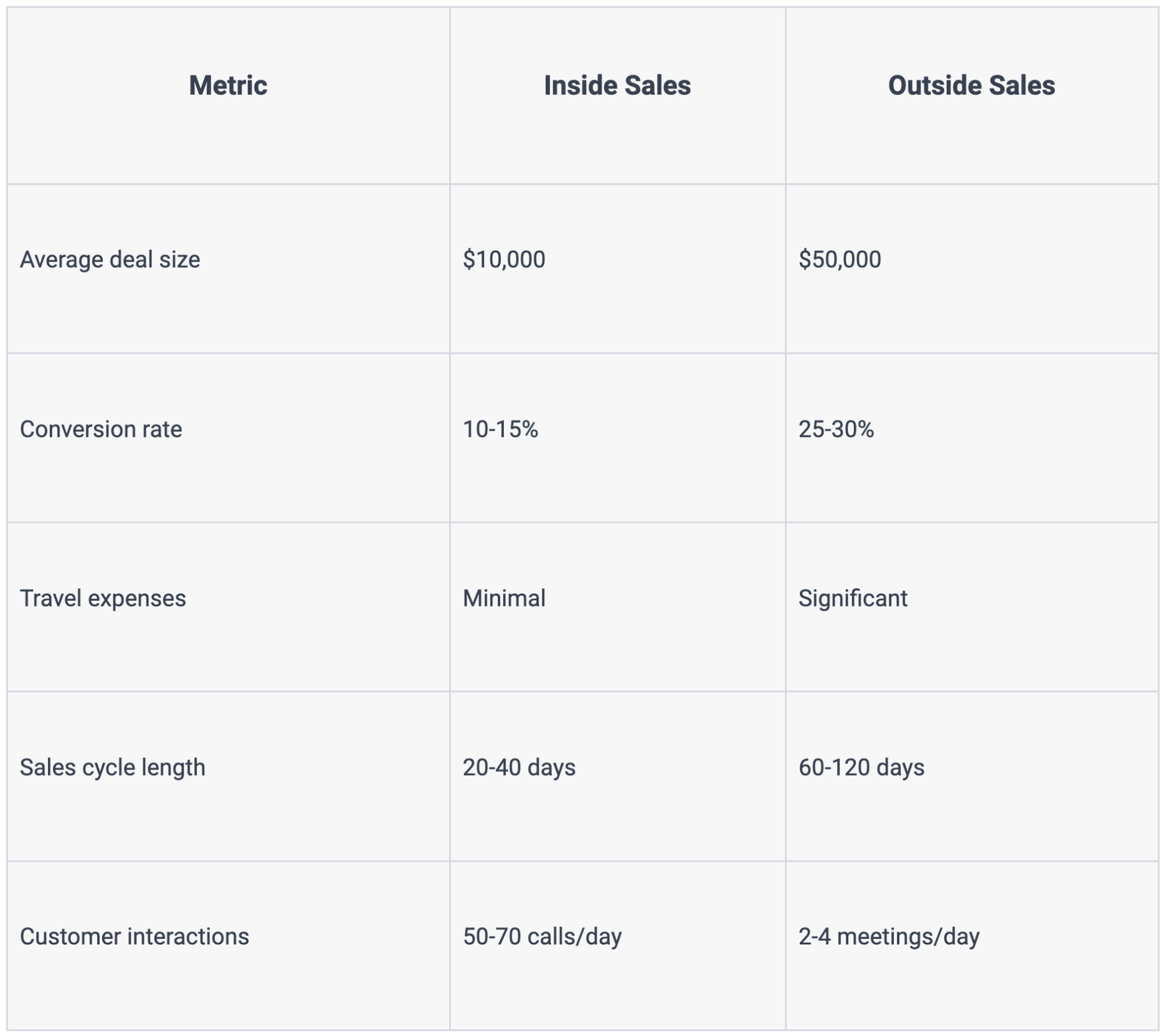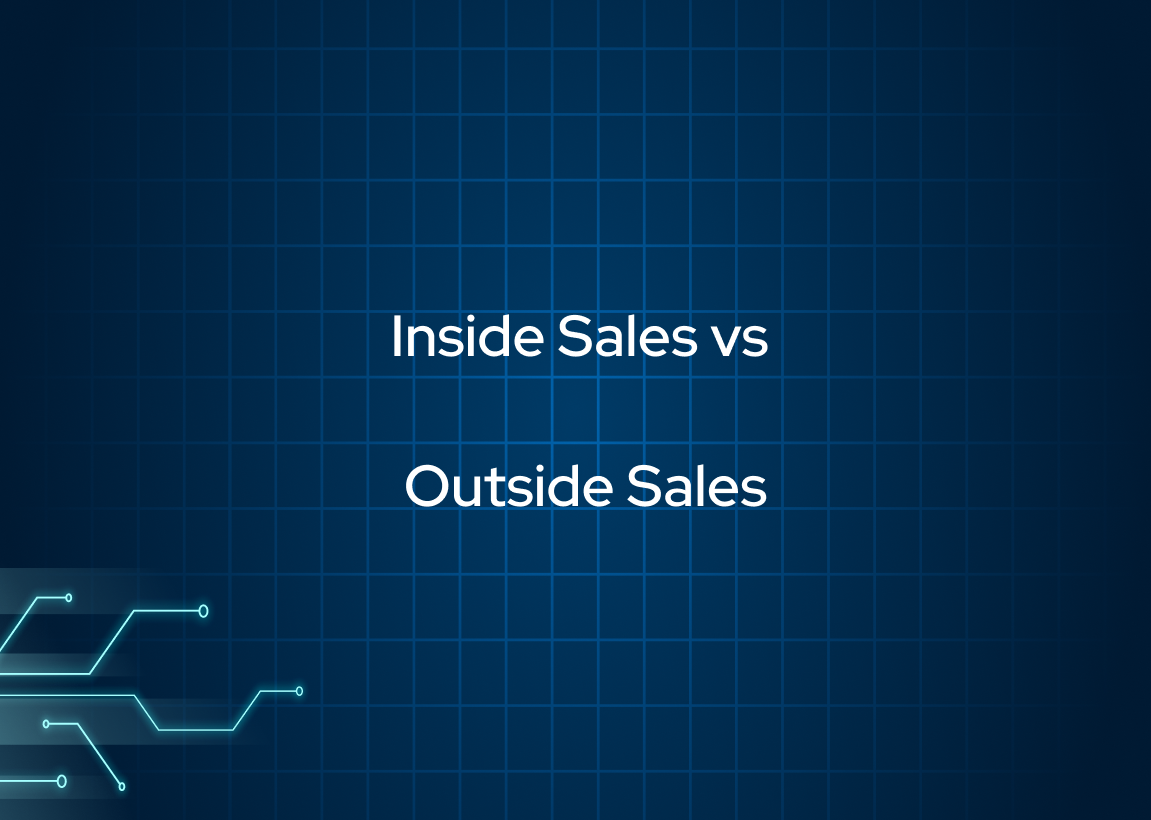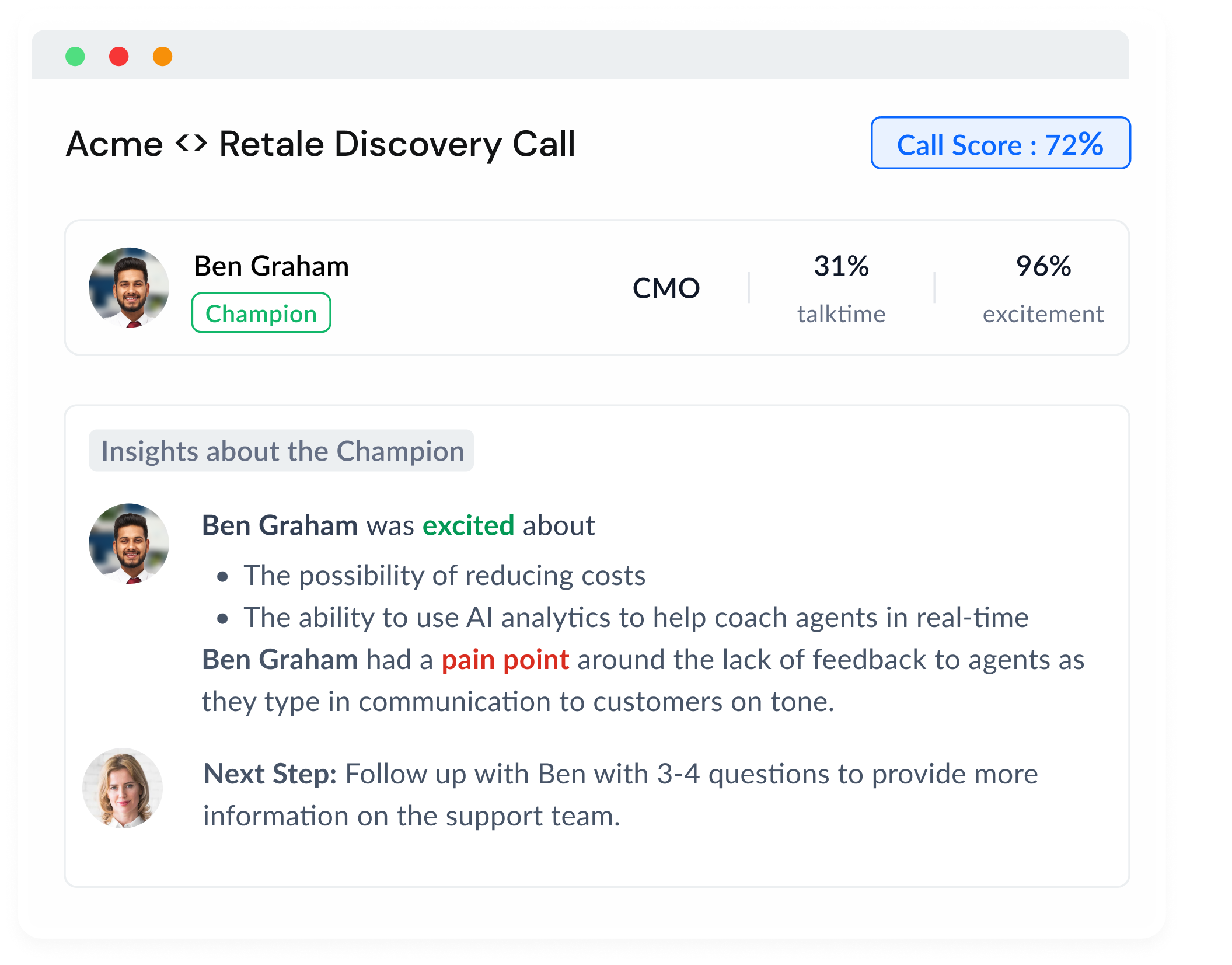When it comes to building an effective sales team, understanding the difference between inside sales and outside sales is crucial. Both approaches have their unique advantages and challenges, and knowing when to deploy each can significantly impact your business's revenue and growth. In this in-depth blog post, we will explore the key differences between inside sales and outside sales, backed by data-driven insights and real-world examples. Additionally, we will share the results of our SEO keyword research, helping you drive maximum traffic to your content.
Inside Sales: Definition and Advantages
Inside sales refer to the practice of selling products or services remotely, primarily through phone calls, emails, and video conferences. Inside sales reps usually work from a central office and engage with prospects and customers through various digital channels.
Some of the advantages of inside sales include:
- Cost-effectiveness: Inside sales teams have lower overhead costs, as they do not require travel expenses or face-to-face meetings.
- Efficiency: Inside sales reps can engage with a larger number of prospects in a shorter amount of time compared to outside sales reps.
- Flexibility: Inside sales allow for quicker adaptation to new sales strategies and technologies, such as CRM systems and automation tools.
Outside Sales: Definition and Advantages
Outside sales involve face-to-face interactions with prospects and customers, typically requiring sales reps to travel to client locations for meetings and presentations. Outside sales reps often spend most of their time on the road, building relationships and closing deals in person.
Some of the advantages of outside sales include:
- Relationship-building: Outside sales reps have the opportunity to develop stronger personal connections with clients, fostering trust and loyalty.
- Personalization: Face-to-face meetings enable outside sales reps to better understand their clients' needs and tailor their sales pitches accordingly.
- Higher deal value: Outside sales reps often handle larger, more complex deals that require in-person negotiation and collaboration.
Comparison of Inside Sales and Outside Sales
The following table highlights the key differences between inside sales and outside sales, along with numerical data illustrating their respective performance:

Choosing the Right Sales Approach for Your Business
When deciding between inside sales and outside sales, consider the following factors:
- Product or service complexity: If your offerings require detailed explanations, demonstrations, or customization, outside sales may be more suitable. Simpler, easy-to-understand products or services may benefit more from inside sales.
- Target market: Consider your target audience and their preferences. Some clients may prefer face-to-face interactions, while others may be more comfortable with remote communication.
- Budget: If your business has a limited budget, inside sales might be the more cost-effective option due to lower travel expenses and overhead costs.
- Sales cycle: Shorter sales cycles are better suited for inside sales, while longer, more complex sales cycles may require the relationship-building capabilities of outside sales.
Conclusion
Understanding the key differences between inside sales and outside sales is vital for businesses aiming to optimize their sales efforts. By considering factors such as product complexity, target market, budget, and sales cycle.















.png)





